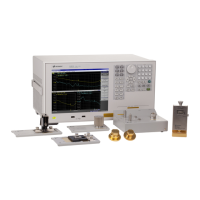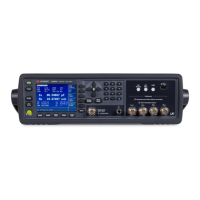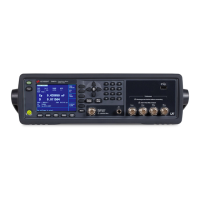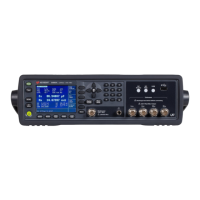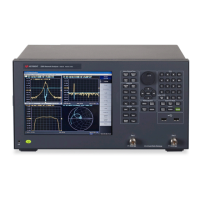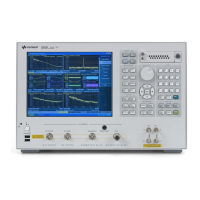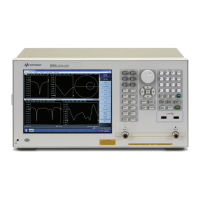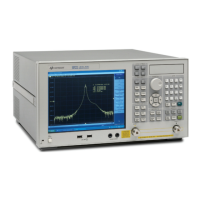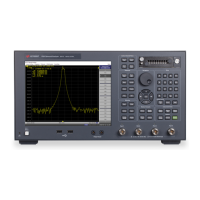E4990A Help
274
• Overview
• ASCII Transfer Format
• Integer Format
• Floating-Point Number Format
• Binary Transfer Format
Other topics about Reading/Writing Measurement Data
Overview
When you transfer data using the one of the following commands, you can
choose among ASCII transfer format, IEEE 64-bit floating point binary
transfer format and IEEE 32-bit floating point binary transfer format.
The instrument always uses the ASCII transfer format when you transfer
data without using any of the following commands:
• :CALC<ch>:DATA:FDAT
• :CALC<ch>:DATA:FMEM
• :CALC<ch>:FUNC:DATA?
• :CALC<ch>:LIM:DATA
• :CALC<ch>:LIM:REP?
• :CALC<ch>:LIM:REP:ALL?
• :SENS<ch>:FREQ:DATA?
• :SENS<ch>:SEGM:DATA
To set the data transfer format, use the following command:
:FORM:DATA
Executing the :SYST:PRES or *RST does not affect the
current setting of the data transfer format.
ASCII Transfer Format
When you select the ASCII transfer format as the data transfer format,
numbers are transferred as ASCII bytes, each of which corresponds to one
of the formats shown below. Note that numbers are separated from one
another with a comma (,) in accordance with the IEEE 488.2 specification.
Numeric data strings vary in length. Keep this in mind
when you extract some data from retrieved numeric data strings in
your program.
Integer Format
The figure below shows this format. Numbers are expressed as integers.
For example, 201 is expressed as "+201" or "201."
